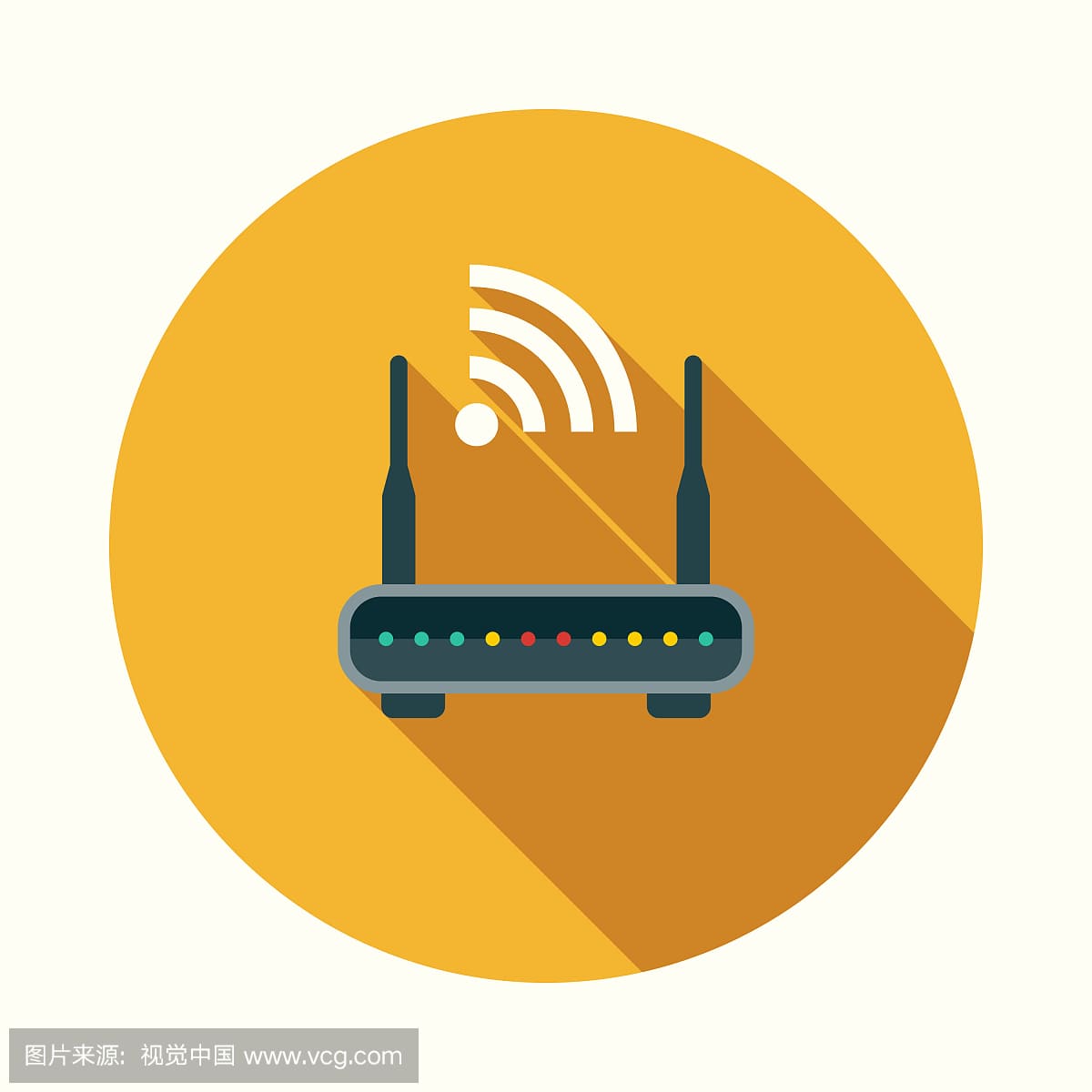In the failure of the router, it can be roughly divided into two categories: one is a hard fault, and the other is a soft fault. There is no strict standard for the classification method here, just for the sake of convenience. SPOTO will analysis some specific problems.
1, hard fault
We classify the problem of the components of the router itself in this category. Common hard faults are usually manifested on the hardware. There are usually several types:
1) The system cannot be powered normally
It is shown that when the power switch of the router is turned on, the power light of the front panel of the router does not light, and the fan does not turn. At this time, it is important to check the power system. Look at the power socket for power and whether the voltage is within the specified range. If the power supply is normal, you should check whether the power cord is intact, whether the contact is secure, and if necessary, you can change one. If it still doesn't work, you can determine that the problem should be on the power supply of the router. You can see if the router power insurance is intact. If it burns, it should be replaced. If you still can't, you have to send it for repair.
2) Damage to components
This type of situation is a relatively common type of hardware failure. The components here are often interface cards. It is manifested that when the problematic component is inserted into the router, the rest of the system works fine, but the problematic component cannot be correctly identified. This is often because the component itself has a problem. There is also a case where the component can be correctly identified, but after the configuration (guaranteed configuration is correct), the interface is not working properly, which is often due to physical failure. To confirm both of these conditions, it is best to replace the suspected part with a good part of the same model to confirm the problem.
3) System software is damaged
This kind of failure seems to be classified as a software failure, but since this situation is often a problem with the router itself and is closely related to the hardware, we may wish to classify it as this. Take the Cisco router as an example. If the router always enters the on state after booting, this often indicates that there is a problem with the system software IOS.
4) Other
Here are some of the situations that are mentioned. Sometimes when we upgrade the system software, we find that the system can't be upgraded anyway. Please check if the size of the software you want to upgrade exceeds the NVRAM of your router. capacity. If it is exceeded, you can't upgrade anyway. In this case, you should first expand the capacity of NVRAM and then upgrade the system software. This problem is easily overlooked.
2, soft fault
1) Function cannot be achieved
In some cases, you have to make certain configurations (such as NAT). You check it repeatedly to confirm that the configuration is correct. The corresponding function can't be realized. At this time, don't rush to suspect that the device has a problem. It is best to find it first. The version number of the system software, and find the relevant instructions, see if the version of the software you are using supports this feature. Because the router's system software often has many versions, each version supports different features. If your current software version does not support this feature, you should find the appropriate software and upgrade it first.
2) There is a problem with network planning
Sometimes, your configuration seems to be no problem, but the router is not working properly, or the work is unstable, there are always some inexplicable problems. At this time, don't rush to debug repeatedly. It's better to look back at your network plan and see if there is a problem with it. For example, is there a network segment that is reused, whether the calculation of the network mask is correct, etc., and often the problem is solved.
3) Configuration issues
This kind of problem is the most common, and there is a problem with your configuration. For example, the parameters of the routers at both ends of the line do not match or the parameters are wrong, etc., as long as the situation is carefully and carefully searched, it can always be solved.

 Join Telegram Study Group ▷
Join Telegram Study Group ▷














